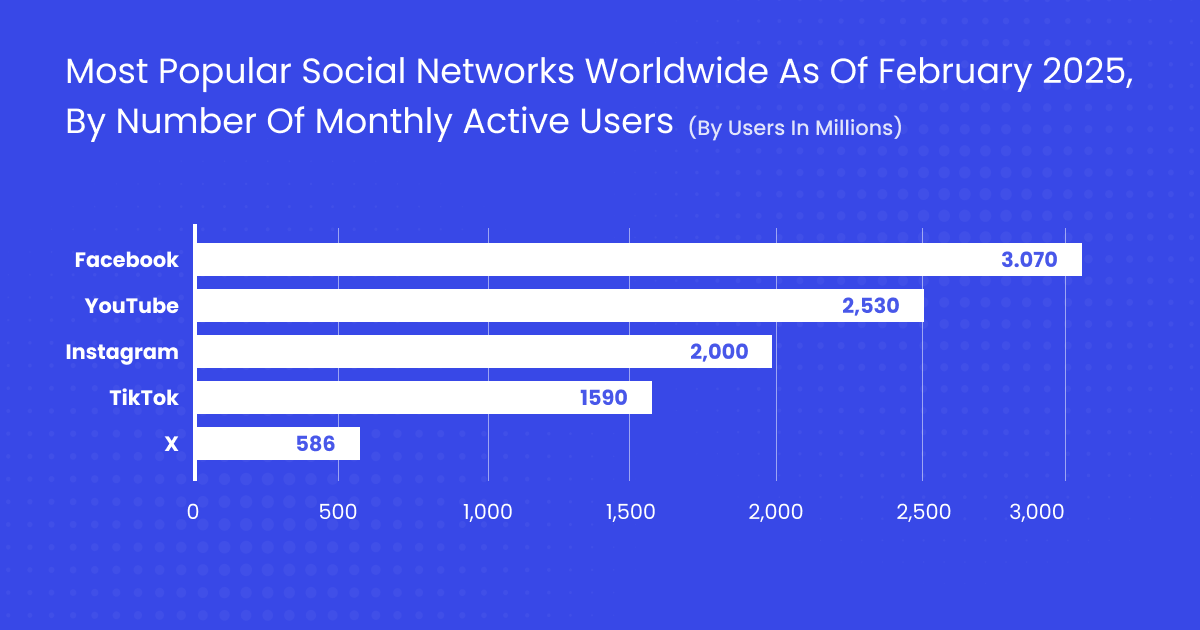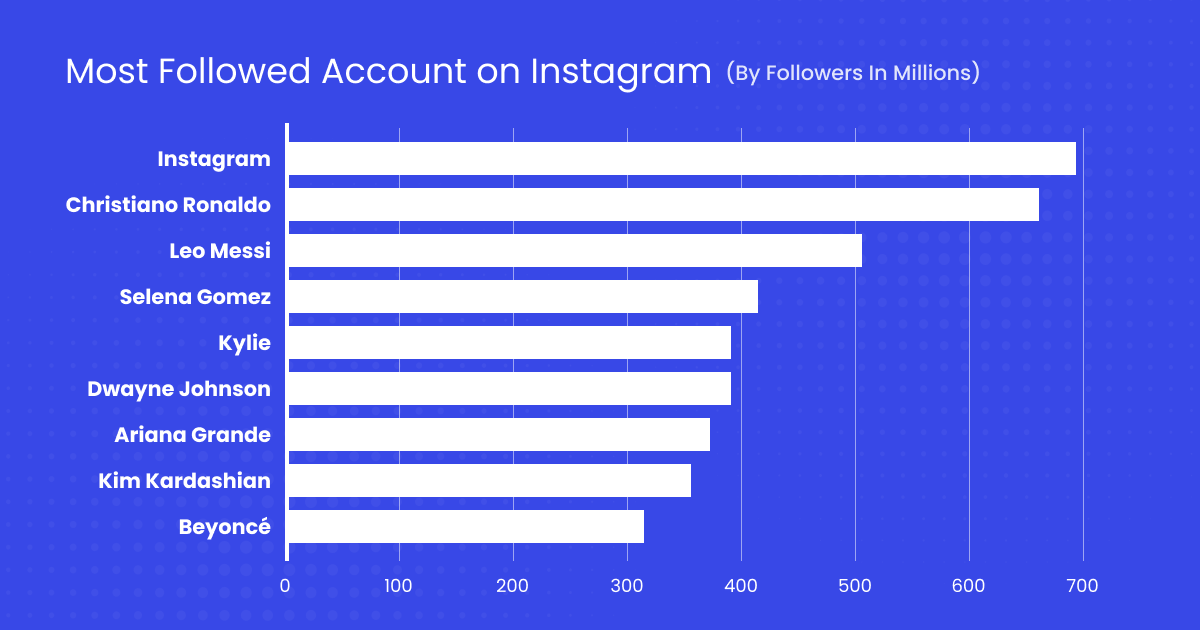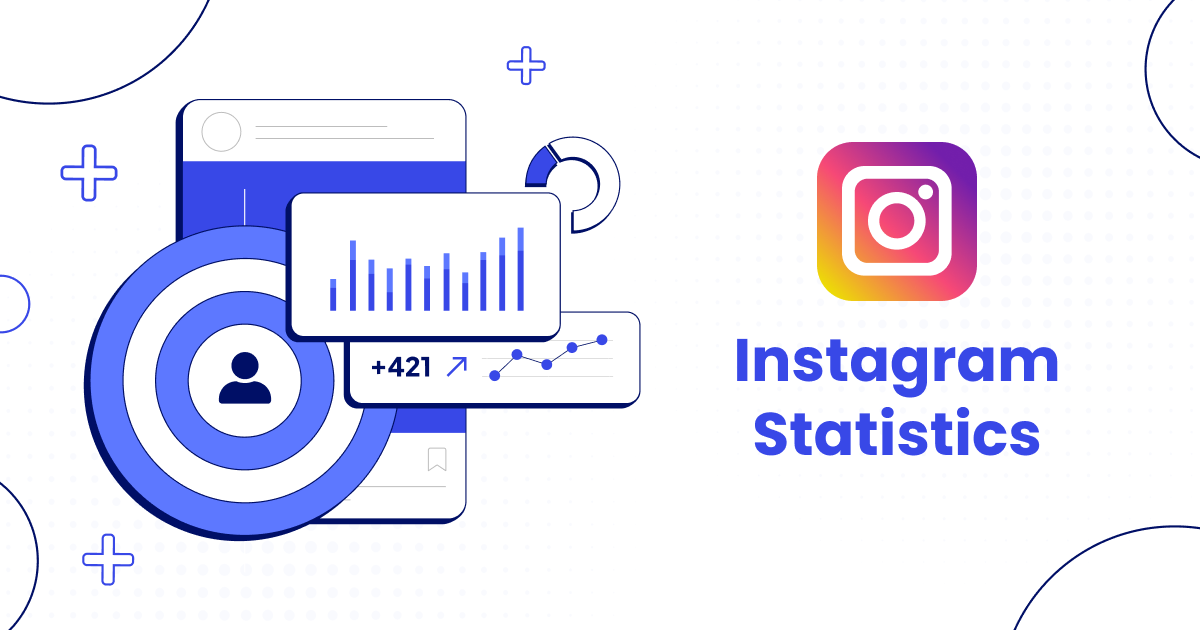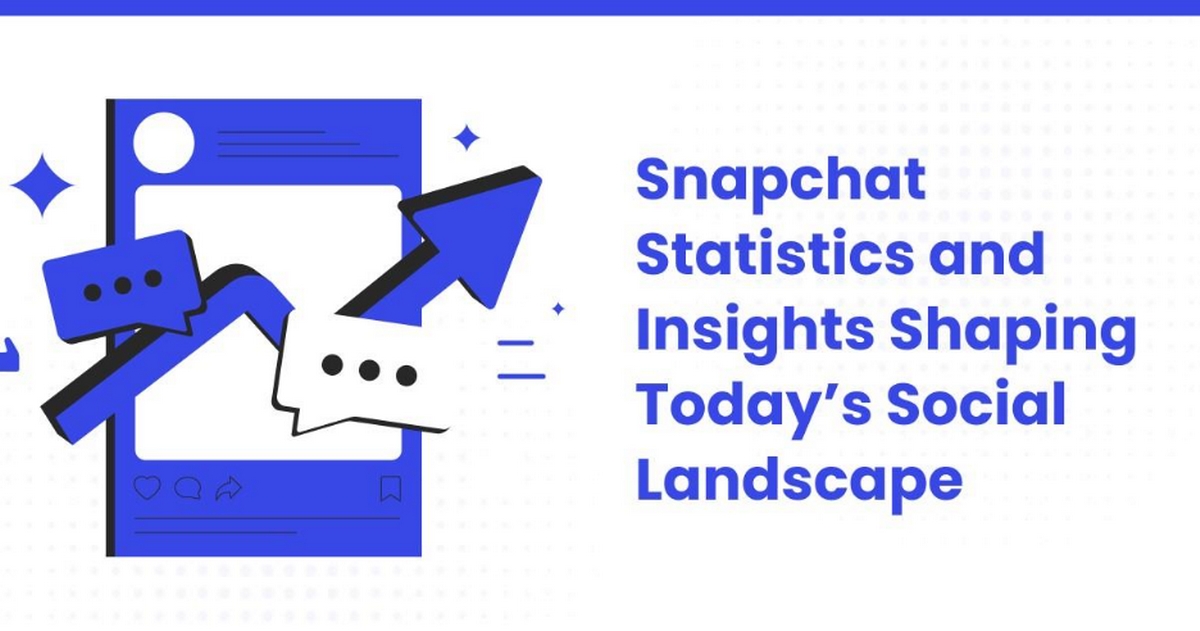With billions of monthly active users, Instagram remains one of the most powerful social platforms for connection, creativity, and commerce. Whether you’re a brand trying to increase visibility or a marketer analyzing trends, understanding how people use Instagram is essential to shaping your strategy. As a platform that continues to evolve through features like Reels, Stories, and in-app shopping, Instagram provides both reach and engagement opportunities that few other social networks can match.
For marketers and businesses looking to better track engagement through custom links and QR codes, ShortifyMe’s Instagram link shortener makes it easier to turn insights like these into measurable actions.
Let’s take a closer look at the latest Instagram statistics shaping today’s market and what they mean for your marketing strategy.
General Instagram Statistics
Instagram has established itself as a global leader in the social media landscape, now ranking as the world’s third most-used social platform, tied with WhatsApp. It’s also the fourth most-visited website worldwide, solidifying its position as a go-to destination for both personal and business use.

The platform has 2 billion monthly active users (MAU) and 500 million daily active users (DAU), showing that nearly a quarter of the global population engages with Instagram regularly. Users spend an average of 33.9 minutes per day on the platform, a figure that reflects how deeply integrated Instagram has become in everyday life.
When it comes to demographics, Instagram maintains a nearly even split between male and female users globally, with 50.6% male and 49.4% female users. The largest share of Instagram users worldwide, 62.3%, falls between the ages of 18 and 34, making it particularly valuable for brands targeting Millennials and Gen Z.
By region, India leads with 413.8 million Instagram users, followed by the United States with 171.7 million. In the U.S., 55.4% of users are women, and a majority, 54.8%, are between 18 and 34 years old. These numbers reaffirm Instagram’s continued strength among younger, socially active demographics and highlight its importance for businesses aiming to reach audiences with disposable income and digital influence.
As Instagram continues to grow globally, its presence in international markets offers expanding opportunities for businesses to connect with audiences beyond their home countries.
For marketers and businesses looking to maximize the impact of Instagram campaigns, ShortifyMe can help turn these insights into actionable strategies. By creating custom short links and QR codes, you can track engagement, measure clicks, and better understand your audience.
Instagram Users by Country
Instagram’s reach stretches across continents, but usage varies widely by region. India holds the largest audience with 413.85 million users, followed by the United States with 182 million and Brazil with 140.7 million. Other notable markets include Indonesia, Turkey, and Japan, which round out the top six countries.

These figures make it clear that while Instagram began as a U.S.-centric platform, its global user base has diversified significantly. For marketers, this creates opportunities to reach audiences in emerging markets where digital adoption and e-commerce activity are growing rapidly.
As Instagram continues to localize content and expand monetization tools, brands should consider tailoring campaigns to resonate with regional interests and cultural trends, an approach that can maximize engagement and reach across diverse markets.
Instagram User Age Demographics
Instagram’s audience skews young, with 28.3% of U.S. users aged 25-34 and 26.5% aged 18-24. The next largest group, those aged 35-44, represents 19.4% of users, while only 5.8% of users are over the age of 65.
This data shows that Instagram remains a platform where brands can connect with consumers in their prime earning and decision-making years. While younger users dominate in volume, older age groups are increasingly active as well, particularly in lifestyle and shopping-related niches. Maintaining diverse content strategies that appeal to both younger and older users can help brands sustain engagement across multiple demographics.
Instagram User Gender Demographics
Gender distribution on Instagram remains balanced overall, with 50.6% male and 49.4% female users globally. However, in the U.S., women make up a larger share, 55.4%, compared to 44.6% men.
| Gender | Share of Users |
| Males | 50.6% |
| Females | 49.4% |
This nearly even split makes Instagram a flexible platform for marketers targeting gender-specific or inclusive campaigns. Whether through product imagery, influence partnerships, or storytelling, brands have the opportunity to reach both men and women effectively within the same platform ecosystem.
Instagram Accounts with the Most Followers in 2025

When it comes to influence, Instagram remains the digital home of some of the world’s biggest personalities. As of June 2025, the platform’s own account leads the way with 689 million followers. Among individuals, Cristiano Ronaldo tops the list with 654 million followers, followed by Lionel Messi at 502 million. Selena Gomez holds the title of most-followed woman with 429 million followers, while other celebrities like The Rock, Kylie Jenner, and Ariana Grande each command more than 380 million followers.
For marketers, these numbers illustrate Instagram’s ability to shape culture and conversation. Influencer partnerships, even on a smaller scale, can deliver meaningful reach and engagement when aligned with a brand’s goals and values.
Instagram Reach Statistics

The reach of Instagram content shifted notably between 2023 and 2024. Image posts saw the biggest decline, dropping from 14,800 users reached per post in 2023 to 5,200 in 2024, a 64% decrease year over year. Carousels, Reels, and Stories also saw reduced reach during this time, though Reels maintained the highest reach among all content types.
Interestingly, smaller accounts benefitted the most in 2024, with profiles under 500 followers reaching an average of 6,500 users, up from 1,405 the year before. In contrast, large accounts with over 50,000 followers saw a decrease in reach from 56,191 users to 49,932.
These shifts indicate a gradual equalization of visibility on the platform, giving smaller creators and niche brands more opportunity to grow organically. For marketers, this means there’s still room to achieve meaningful exposure without relying solely on paid promotion.
Instagram Engagement Statistics
Engagement continues to be one of Instagram’s strongest qualities. Between 2023 and 2024, carousels and single-image posts saw a slight decline in engagement, but Reels gained significant traction, rising from 4.5% to 6.92% engagement in just one year.
The average Instagram post in 2024 received 15.66 comments, 513.37 likes, and 19.79 saves, marking small but steady increases from 2023. Meanwhile, the average Reel generated over 15,000 views, 805 likes, 25.72 comments, and 82.04 saves, highlighting how video-first content continues to outperform other formats.
Carousels still lead overall engagement, with a 10.15% engagement rate, compared to 7.36% for single images. This shows the ongoing importance of interactive and swipeable content, which encourages deeper engagement from audiences.
Instagram Influencer Statistics
Influencer marketing remains a central part of Instagram’s ecosystem. In 2024, influencers with 1,000 to 10,000 followers saw an average engagement rate of 1.73%, while the overall average for all influencers was 1.59%.
The most popular content category among influencers was romantic relationships (14.4%), followed by entertainment (9.2%). Meanwhile, the average price per post for mega-influencers with over one million followers reached $1,210 in 2023.
These figures show how influencer marketing has matured into a diverse and tiered ecosystem. While major celebrities command large fees, smaller influencers continue to offer higher engagement and authentic connections that drive results.
Instagram Advertising Statistics
From an advertising perspective, Instagram remains a vital channel for marketers. In 2025, 78% of marketers worldwide reported using Instagram for marketing purposes, making it one of the most popular platforms after Facebook (83%). Looking ahead, 55% of marketers said they plan to increase their use of Instagram for marketing in the next year. With new tools like AI-generated content suggestions and shoppable posts, brands have more ways than ever to connect with consumers directly on the platform.
Turning Insights into Action ‘
Instagram’s continued growth and influence show why it remains such an important part of digital marketing today. Its diverse user base, expanding global reach, and dynamic content formats make it a valuable space for both brand awareness and conversion-driven campaigns.
As marketers navigate these trends, having tools that support smarter campaign tracking and engagement analysis is key. ShortifyMe’s pricing plans make it simple to manage and measure link performance across social platforms at budget-friendly prices, helping brands connect data-driven insights with real-world results.



